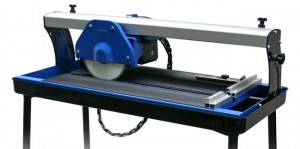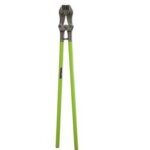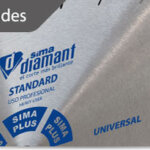When it comes to handling diamond blades for cutting and grinding, you should remember the following pieces of information. Every blade caters to specific materials, so you should pick the right blade for the right cutting job. Asphalt cutting requires soft abrasive cutter and grinder diamond blade equipment because they contain abrasives that make penetration without damage easy as well as u-shaped gullets or spaces between each bladed segment that removes the ensuing slurry or abrasive from the asphalt. You can either get asphalt-cutting blades with abrasives or slurry removal via u-shaped gullets or concrete-cutting blades with key-slot-shaped segments that ensure sharper and more powerful cutting power.
Dealing with undercutting and other important issues
• Undercutting is when there’s premature wear and tear on your diamond blades to the point that it could lose whole segments due to its compromised condition. Even adding spaces between segments, removing abrasives, and cutting only the recommended material that a blade is built for is not enough to deal with undercutting. Thankfully, there’s such a thing as drop segments that help mitigate the problem. These are a multitude of taller segments that serve as a means to remove excess abrasives—also known as slurries—as far away from the segment supports as possible to prevent blade degradation.
• You can also purchase diamond inserts or small carbide between some of the gullets to prevent undercutting from happening. Asphalt cutting should be treaded carefully, such that you won’t have to worry about blades breaking or the diamond blade’s bond getting weaker due to blade abuse and whatnot. These undercutting prevention techniques can certainly help in extending the lifespan of your blade to boot, when everything is said and done.
• As for concrete-cutting diamond blades, you should take note that they’re significantly different from asphalt-cutting diamond blades in more ways than one. They’re heavy-duty cutters with narrow key-slot-shaped segments that ensure of a smoother cut. There’s less worry about abrasives removal and more focus on simply penetrating through the denser, tougher, more durable, and weightier material known to chip and ruin lesser blades.






